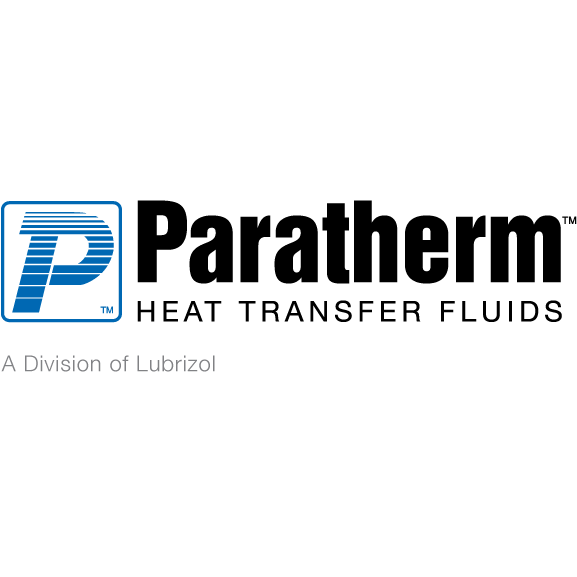Description
Paratherm OR is a proprietary oxidation-inhibited heat transfer fluid engineered to deliver extended fluid lifetime in oxidation-prone systems. Paratherm OR Heat Transfer Fluid offers sludge protection and excellent thermal stability up to 500°F (260°C) in closed-loop cabinet style heating systems and has an oxidation inhibited formulation. It is sludge & fouling resistant and offers extended lifetime in oxidation-prone environments.
When hot fluid is exposed to oxygen in vented expansion tanks, oxidation of the oil proceeds to form acids. These acids ultimately form the sludge that can plug lines and coat system surfaces, reducing heat transfer rates. Paratherm OR contains a proprietary additive package designed to prevent these acids from becoming carbon, lending to a cleaner, more reliable system over time. This significantly extends the interval between fluid replacements, reducing downtime and saving money.
Application Industries
Chemical Processing
Extraction Sciences
Industrial Drying Processes
Plastics, Polymers & Textiles
Operating Range for Paratherm OR
Resources & Documents
Extending Fluid Lifetime
When Paratherm fluids are used as recommended they can provide many years of reliable service. Systems using Paratherm fluids should be designed and installed by qualified engineers and should be maintained as any other critical production asset. Fluid oxidation is the leading cause of the most serious maintenance issues associated with closed-loop heat transfer systems– including cold spots, heater coking, plugged pressure sensors and ultimately fluid gelling. Paratherm recommends installation of a nitrogen blanket on the expansion tank to prevent oxidation of the fluid. All systems may benefit from side-stream filtration to promote long-term fluid and system reliability.Fluid Analysis Services
Paratherm offers a comprehensive fluid monitoring service to help keep systems running at their best. Their state-of-the-art laboratory is certified to ISO 9001:2015 and well-equipped to run all critical tests. Annual testing is recommended and can identify system issues before they become catastrophic. The fluid in new systems should be tested within 9 to 12 months of start-up. New fluid in existing systems should be tested within the first month of operation to establish a base line for future testing, and annually thereafter.Replacing Fluid
Replacement should be preceded by analysis of the fluid to determine if cleaning or flushing of the system is recommended prior to introducing new heat transfer fluid. Newly commissioned systems typically do not require cleaning before filling. Paratherm recommends installation of a Y-strainer with a minimum 60-mesh screen up-stream of the pump to catch any residues from manufacturing and construction of system components.Fluid Storage
Barrels and pails should be stored indoors to prevent environmental contamination. If sealed barrels must be left outdoors, provisions should be made to prevent water from pooling on their tops. While unopened pails are considered weatherproof, Paratherm recommends they not be stacked when stored outdoors. If the fluid is below its minimum pumpable temperature, the containers may be moved indoors to warm up before charging into the system. Refer to the product safety data sheet (SDS) for additional handling and storage recommendations.
Speak to us
If you have a big system requirement, Paratherm can fill high-volume systems from bulk tanker. Get in touch with the Oil-Store team to request a bulk quotation.












































